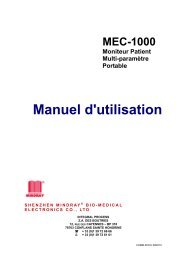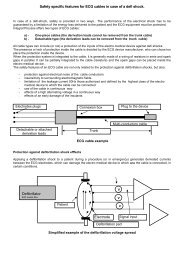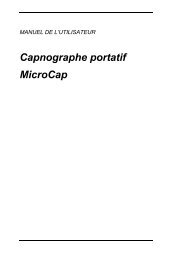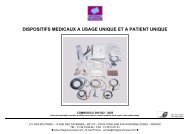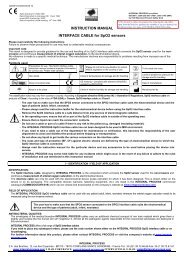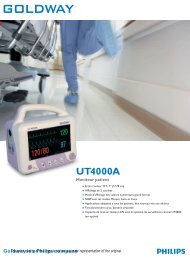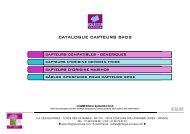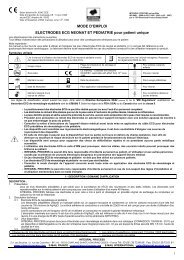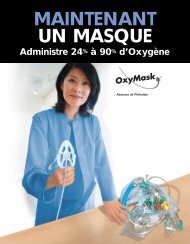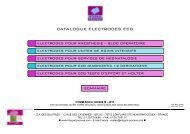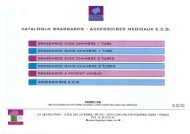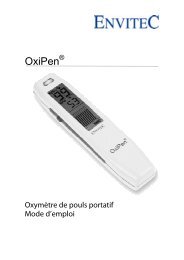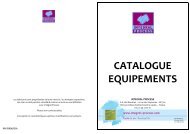TNO Finger Pressure Reference Guide - Integral Process
TNO Finger Pressure Reference Guide - Integral Process
TNO Finger Pressure Reference Guide - Integral Process
Create successful ePaper yourself
Turn your PDF publications into a flip-book with our unique Google optimized e-Paper software.
<strong>TNO</strong> <strong>Finger</strong> <strong>Pressure</strong> <strong>Reference</strong> <strong>Guide</strong> 14A servo-controller system usually defines a target value or setpoint and a measuredvalue that is compared with this setpoint. In the servo-controller the setpoint is thesignal of the plethysmogram (unloaded diameter of the artery) that has to beclamped. The measured value comes from the light detector. The amplifieddifference between setpoint and measured value, ‘the error signal’, is used tocontrol a fast pneumatic proportional valve in the frontend unit. This proportionalvalve, modulates the air pressure generated by the air compressor, and thus causeschanges in the finger cuff pressure.FLSV (PG)C 2SWPCDA PID PAC 1M (CP)EPTCompr.Figure 2.5 Block diagram of the volume clamp method of Peñáz.The original block diagram of the method as developed by Peñáz is visualized inFigure 2.5. The arrows indicate a closed servo control loop. The signal V (PG) ofthe photo-plethysmograph, consisting of a light source (L), and photocell (PC)built in a cuff (S) around the finger (F), is compared to a fixed setpoint value (C1).A difference between signal and setpoint, is amplified by DA, PID and PA, anddrives the proportional valve (EPT). Cuff pressure is monitored by the manometer(M). If the switch SW is closed, the servo feedback loop is opened, and a steadycuff pressure (C2) can reach the finger.



